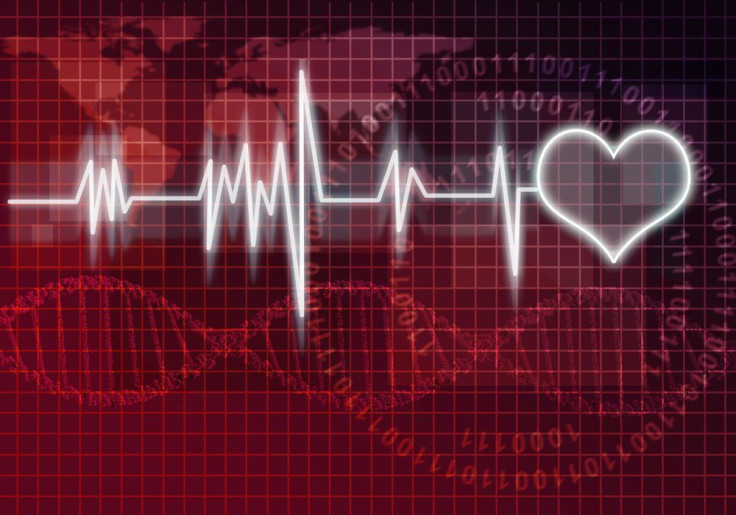Signs Of Stroke Differ In Men And Women; Survey Shows Women Need To Be More Aware

The American Heart Association and the American Stroke Association (ASA) held their second health sciences innovation and investment forum last week in New York City — and when a group of panelists were asked why no current endeavors were focused solely on women’s cardiovascular health, no one could answer.
“That’s sad,” Lisa Suennen, healthcare business and venture capital consultant, said; she was the one who asked the question. And now, based on the findings of a new survey from the Ohio State University Wexner Medical Center, it may also be harmful. In a survey of 1,000 women, only 11 percent of respondents could identify female-specific stroke risk factors: pregnancy, lupus, migraines, oral contraception, and hormone replacement therapy.
What’s more is nearly half of all women surveyed said they didn’t know what problems females face after stroke. Not only is it common for women who survived stroke to experience nerve damage and problems swallowing, but it’s also common for women to develop depression. Without knowing this information, women don’t seek the treatment and therapy they need.
"I think we have a ways to go when it comes to educating women about stroke and their unique risk factors," Dr. Diana Greene-Chandos, a neurologist and director of neuroscience critical care at Ohio State's Wexner Medical Center, said in a press release. "Things like pregnancy, hormone replacement, therapy and even something as trivial as a case of the hiccups can all play an important role when it comes to strokes in women, and we need to be more aware of it."
While men and women do share risk factors for stroke, including smoking, physical inactivity, and high blood pressure, women, unlike men, can have hiccups, dizziness, headaches, atypical chest pain, and numbness. The ASA reported knowing what to look for is what increases a woman’s (and man’s) chance of survival.
"Women do not think they are going to have a stroke. They think of it as a man's disease," Greene-Chandos said. "You have to know when you are having a stroke, you have to recognize that it's a stroke and you have to get to the emergency room and receive the medication. Women shouldn't ignore their symptoms or hope they will go away because they may lose their opportunity to receive acute treatment."
Stroke is the third leading cause of death for women and the fifth leading cause of death in the United States. The Centers for Disease Control and Prevention cited stroke kills nearly 130,000 Americans each year, which averages to one of every 20 deaths. And the more men and women are aware of their specific risk factors, the better; "The more you use your brain, the better you'll do in your recovery after a stroke," Greene-Chandos said.
That panelists couldn’t speak to women’s-only cardiovascular endeavors does not mean organizations aren’t out there trying to improve women-specific awareness and education. The Women’s Heart App (WHA) team is a team of cardiologists focused on personalized medicine, and their app, if funded, would provide a self-service model of clinical care for women in order to reduce their individual risk. Already the CDC’s Division for Heart Disease and Stroke Prevention funds 22 WISEWOMAN programs, which provides “low-income, under-insured, or uninsured women with chronic disease risk factor screening, lifestyle programs, and referral services.”
Programs such as these assure cardiovascular screening is provided to women, as well as increases their knowledge of specific risk factors and symptoms to aid in early detection and prevention.
Source: The Ohio State University Wexner Medical Center, 2015.



























